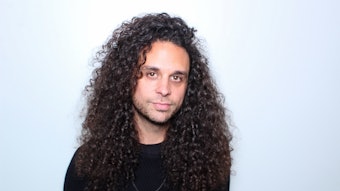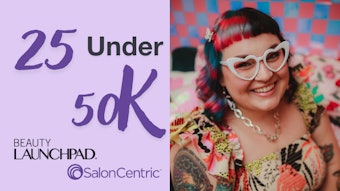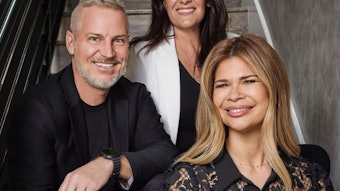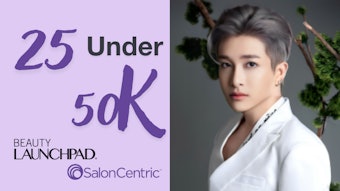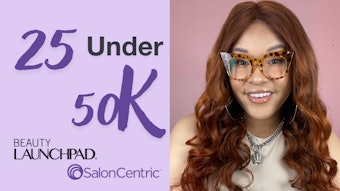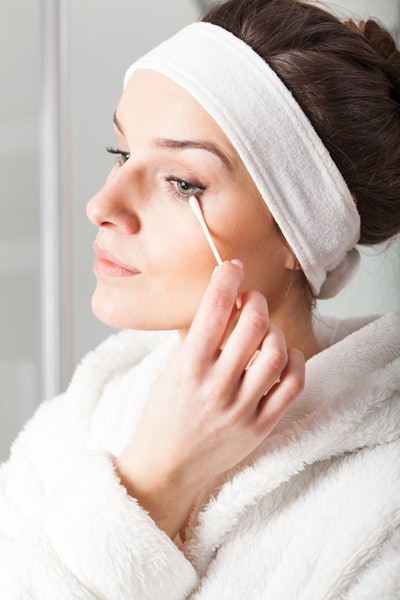
The recent wave of articles published linking lash extensions and Demodex mites may make some clients want to dash for the door, but lash experts say that educating clients about the condition and preventative measures will soon put them at ease. “Lash health should be our biggest concern as lash professionals, and the risk of mites and bacteria are a real threat,” says Mandy Jacobellis, creator of the LAshX lash extension brand and owner of Makeup Mandy eyelash bar and makeup studio in Beverly Hills, California.
Microscopic Demodex mites live in the hair follicles or the sebaceous glands connected to hair follicles primarily on the face, near the nose, the eyelashes and eyebrows and feed on skin cells and oils that accumulate in the hair follicles. While this idea might make clients’ skin crawl, it’s important to explain to them that these mites are actually quite common, according to Leah Lynch, owner of Beautique Salon, Spa & Lash Lounge in Newburyport, Massachusetts. “Most people have them as part of their ecosystem,” she says. However mites can become problematic for clients with lash extensions, Lynch explains, when they don’t practice proper hygiene. “When clients decide to not wash their lashes because they’re hoping that it’s going to make them last longer this can cause excess oil and dead skin buildup at the base of the lashes that gives those little babies more food to feed on,” she says. “More food means healthy mites that like to overpopulate! When too many try to shove their way down into a hair follicle [to feed] it can cause stress and strain and actually cause the hair to die within the follicle. This can lead to lash loss, damage and irritation.”
RELATED: Safe Cleaners and Makeup Removers for New Eyelash Extensions
Although the condition is treatable, clients can prevent mites, as well as promote retention, by cleansing their lashes regularly with a lash-safe cleanser, Lynch and Jacobellis agree. “Using the right cleanser is important, because using something harsh, like baby shampoo, dries the skin too much, giving Demodex mites dry skin to thrive on,” says Jacobellis, who recommends using a cleanser that is oil- and glycol-free.
RELATED: Cleansing Lashes After Application Could Keep Clients From Developing Sensitivities
Teaching clients the proper cleansing technique is also important. “I find that this extra education improves the odds that the client will feel confident in cleaning with the cleanser and will be more apt do it regularly,” Jacobellis says. For the client how-to, Lynch advises cleansing lash extensions directly at the root on a daily basis. “Normally, oils are secreted from the hair follicles and travel the length of the hair by using the barbs of your cuticle,” she explains. “Once the cuticle has been occluded by a lash extension and adhesive, the oil cannot jump over the butt of a lash extension and shimmy down the smooth plastic. Instead, the oils will pool at the base of the lashes. Clients need to understand that for this reason their lash line will be more impure than before they had their extensions, and it will be more necessary to diligently clean it.”
[Image: Getty Images]

